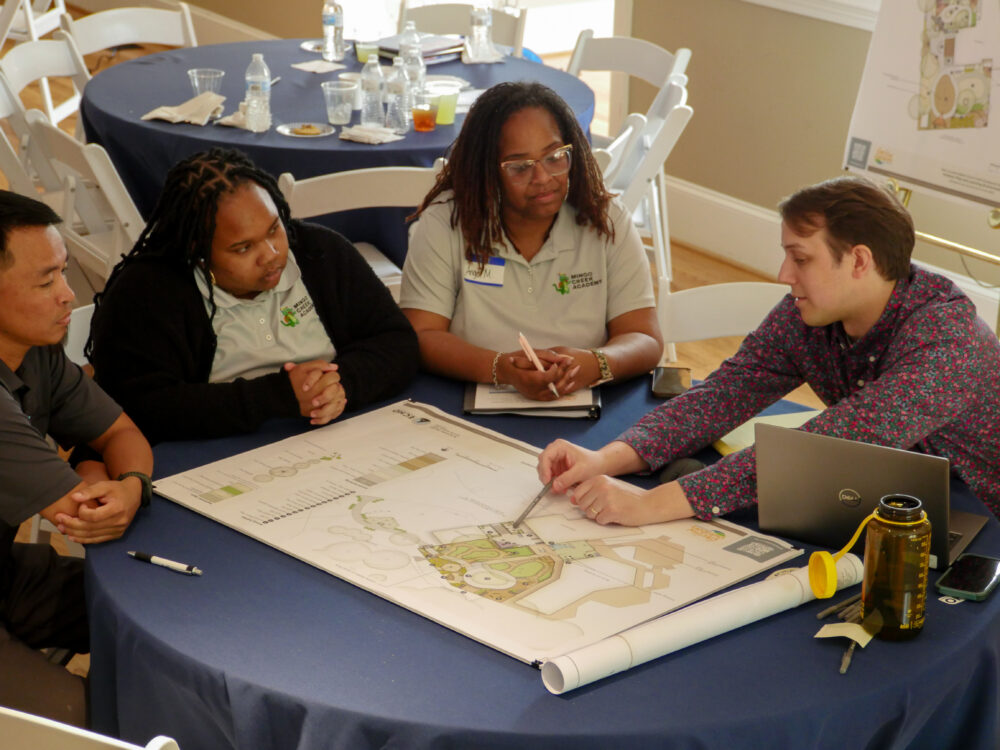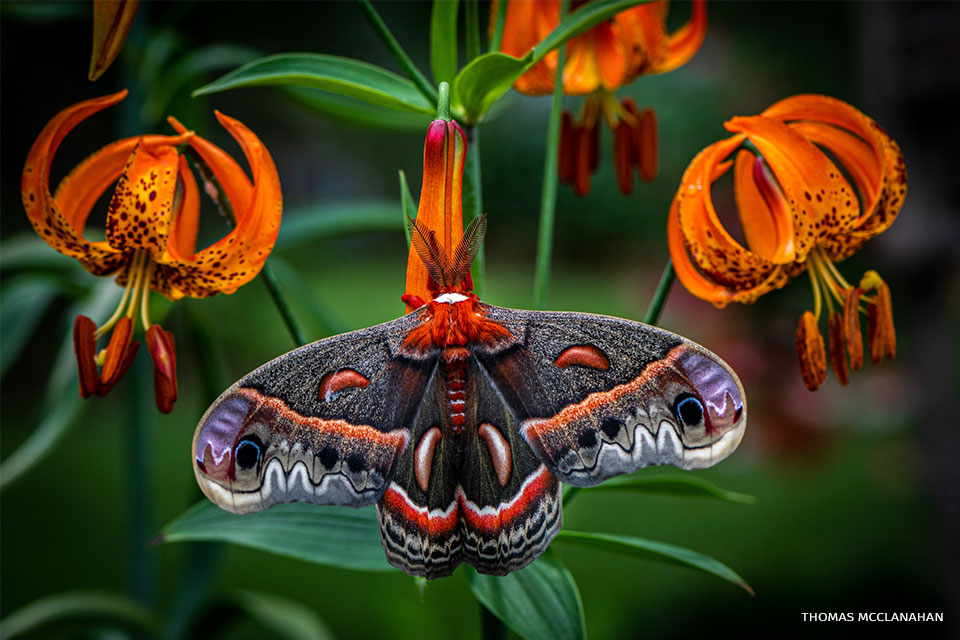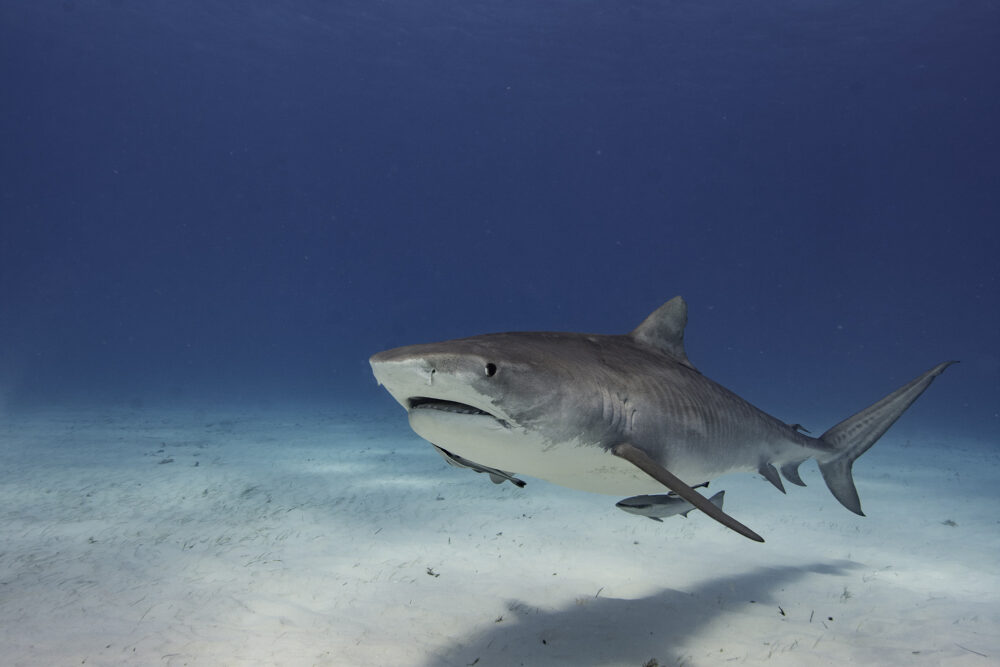We have much more to do and your continued support is needed now more than ever.
Five Butterfly Garden Tips from a Butterfly Hero!
Take Your Butterfly Garden to the Next Level!
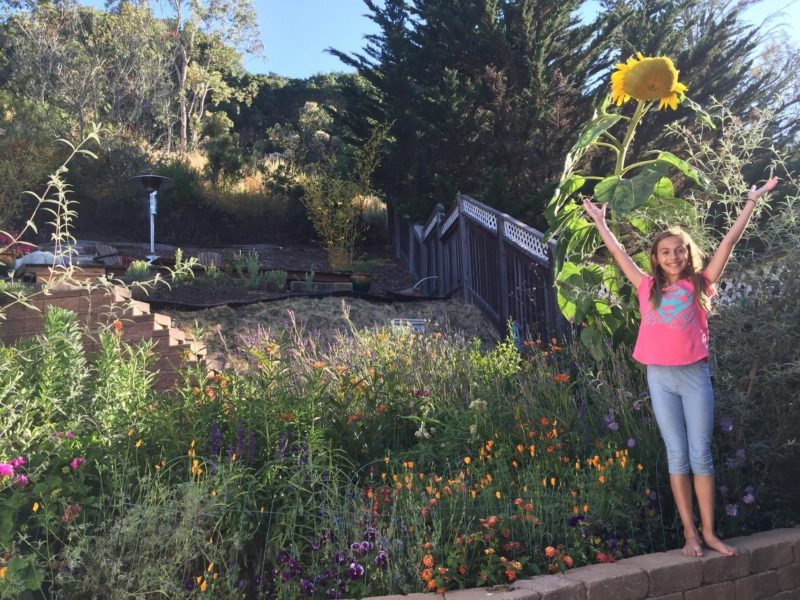
In 2015, then 9 year-old, Genevieve Leroux from San Luis Obispo, CA pledged to be a Butterfly Hero and help save the monarch butterfly. Not only did she plant the seeds that came in her Butterfly Heroes Garden Starter Kit and create an amazing habitat for the declining monarch population, but with the help of her mother she took her garden to the next level and became a Butterfly Heroes superstar!
Does your garden provide habitat for butterflies or other wildlife? Are you wondering how you can take it to the next level? Follow these great tips from Genevieve.
Plant Native Plants

Genevieve supplemented the seeds she received in her Butterfly Heroes Garden Starter Kit with native milkweed and native nectar-providing plants for monarchs and other butterflies and pollinators. When it comes to gardening for wildlife, native plants are always your best choice. Native plants are the plant species that are naturally found in your regions and are adapted to your climate, weather conditions, and soil type. Native wildlife and native plants have evolved together and rely on each other for survival. Native plants will attract a variety of native wildlife to your habitat. Genevieve’s favorite thing about her garden is observing the butterflies, lizards, song birds, turkeys and owls that visit.
Practice Sustainable Gardening
One of the best ways to create a sustainable, environmentally-friendly garden in drought prone regions, such as southern California where Genevieve lives, is by practicing water conservation. Genevieve and her family have done this in several ways:
- Genevieve and her family always choose drought-tolerant natives when planting in their garden. Planting native plants that have evolved to tolerate the dry climate allows for less watering.
- They have installed a drip irrigation system that directly waters the roots which conserves water use by minimizing evaporation.
- The majority of their land is covered with wood chips and bark that retain soil moisture and improve soil quality. Genevieve loves to watch wild turkeys and California towhees scratch around in wood chips searching for food.
They are also practice organic gardening by never using pesticides or chemical fertilizers of any type, and they supplement their soil with organic compost products.
Get the Community Involved
Genevieve is a great example of how to get the community involved.
- Genevieve and her family donated milkweed seeds to her school. With the teacher’s help the students helped germinate the seeds and planted the tiny milkweed plants in a section of the school’s large garden.
- As part of a Jane Goodall Institute Roots and Shoots project called Milkweed for Monarchs, Genevieve germinated 2000 seeds on her own and then gave the milkweed plants away to family and friends so they could start their own butterfly gardens.
- After certifying her garden with the National Wildlife Federation as a Certified Wildlife Habitat, Genevieve and her mom contacted the local newspaper using NWF’s press release to encourage others to create their own wildlife habitat gardens.
- The next thing they plan to do is contact the mayor of San Luis Obispo, CA and tell her about NWF’s Mayor’s Monarch Pledge program to encourage their town to participate in this wonderful program.
Be a Citizen Scientist
Genevieve has worked closely with Dr. Francis Xavier Villablanca, PhD. of California Polytechnic State University to test for the prevalence of two parasites that infect and kill the monarch butterflies, the OE parasite and tachnid fly. One of Genevieve’s favorite parts of working with Dr. Villablanca is to gather information on monarch migration by tagging the monarchs in her garden. She is also working with researchers to provide hard data regarding the use of native milkweed vs non-native tropical milkweed and hopes that her garden will help researchers educate the public on the risks and benefits of using both types.
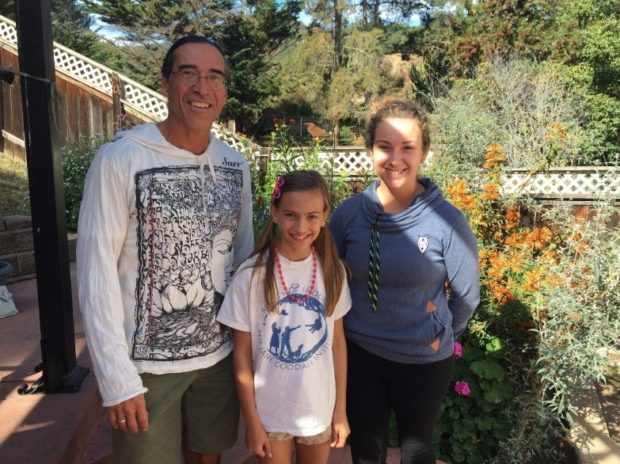
Are you interested in lending a hand to science put don’t know how to get involved? Follow Genevieve’s lead and participate in a citizen science program such as: Monarch Joint Venture, Monarch Watch, Journey North, Monarch Alert, iNaturalist, and Cornell University’s Backyard Bird Counts.
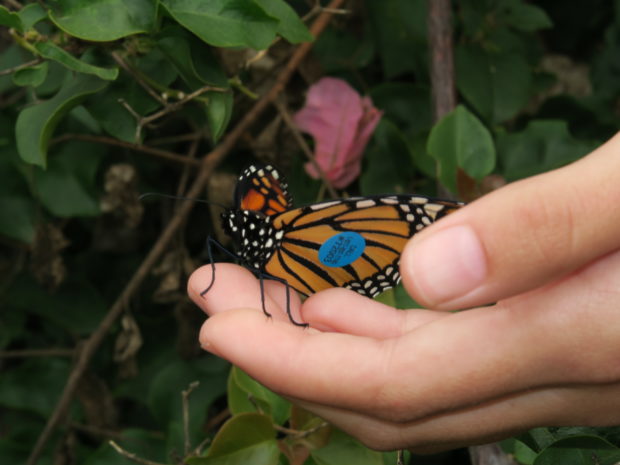
Certify your Garden as a Certified Wildlife Habitat
Turning your garden or habitat into a Certified Wildlife Habitat® is fun, easy and makes a big difference for neighborhood wildlife. Provide the 4 essential habitat elements for wildlife and practice sustainable gardening and you are ready to certify.
- Food: The native plants in Genevieve’s garden provide a variety of food options for wildlife including seeds, berries, fruit, and nectar. She has also supplemented the native plants with bird feeders and hummingbird feeders.
- Water: Genevieve has a small fountain that provides fresh water in her backyard. She also has numerous flat ceramic bird baths located around the property, which she keeps clean for the birds and other wildlife that need a drink.
- Cover: Mature trees, dense bushes and shrubs, and milkweed in Genevieve’s yard and garden all provide for protection against predators and the elements.
- Places to Raise Young: Genevieve’s milkweed plants are used by monarchs as a host plant for their caterpillars. Her family has installed several nesting boxes for a variety of different wild bird species, including owls.
- Practice Sustainable Gardening: Genevieve and her family conserve water and don’t spray chemical pesticides or fertilizers in their butterfly garden. Mulching helps keep top soil from washing away.
Certify in your wildlife habitat in May 2017 and save 20% for Garden For Wildlife Month!














